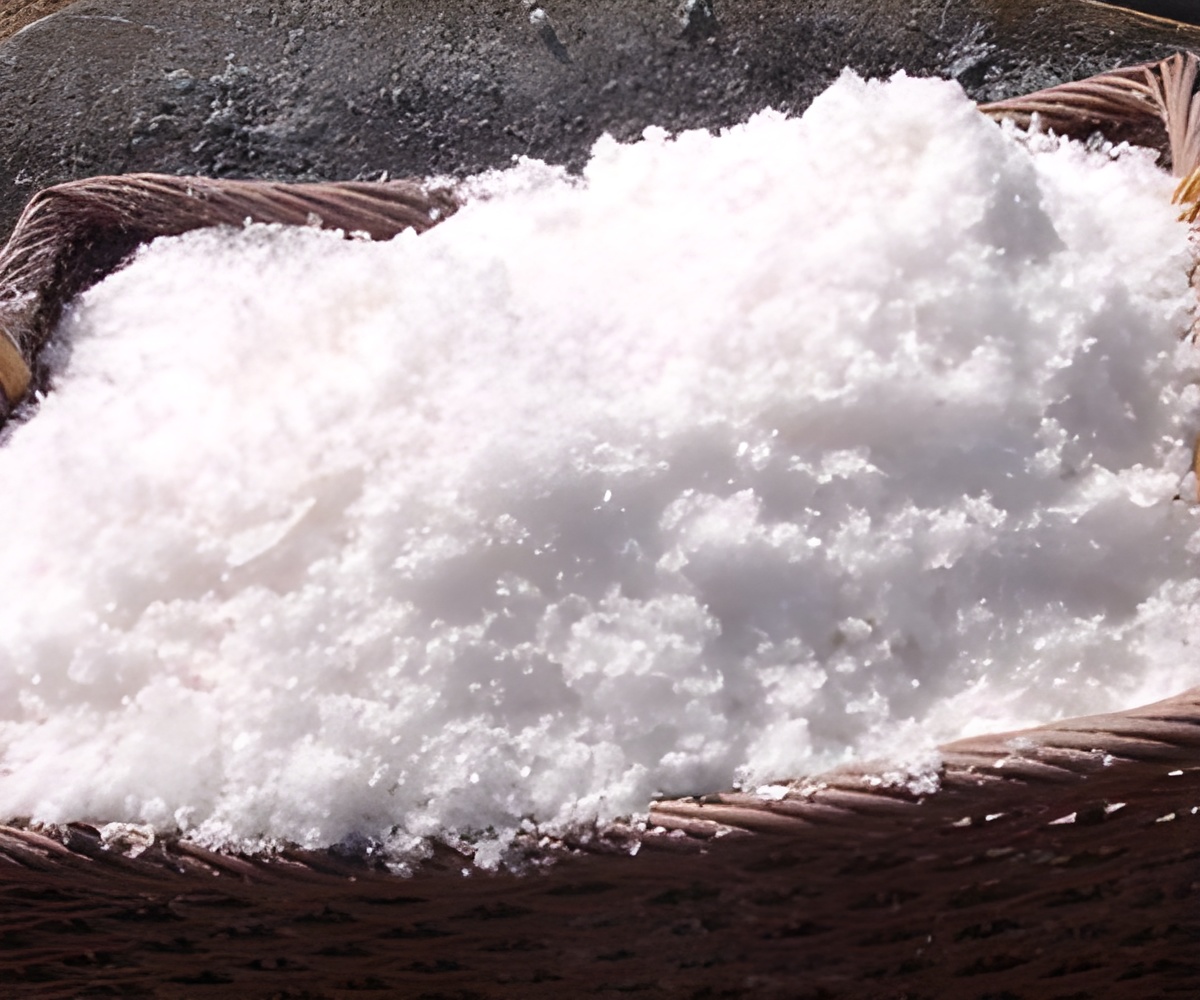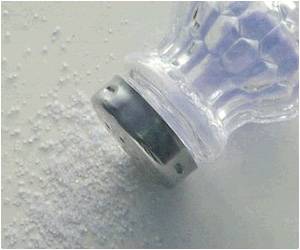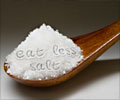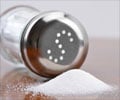Researchers say that findings from a new study could serve as a springboard for the development of taste modulators to help control the appetite for a high-salt diet.

Charles Zuker, PhD, and colleagues at Columbia University Medical Center have discovered how the tongue detects high concentrations of salt, the first step in a salt-avoiding behavior common to most mammals.
The sensation of saltiness is unique among the five basic tastes. Whereas mammals are always attracted to the tastes of sweet and umami, and repelled by sour and bitter, their behavioral response to salt dramatically changes with concentration.
"Salt taste in mammals can trigger two opposing behaviors. Mammals are attracted to low concentrations of salt; they will choose a salty solution over a salt-free one. But they will reject highly concentrated salt solutions, even when salt-deprived," said Dr. Charles Zuker, professor in the Departments of Biochemistry and Molecular Biophysics and of Neuroscience at Columbia University College of Physicians and Surgeons.
Over the past 15 years, the receptors and other cells on the tongue responsible for detecting sweet, sour, bitter, and umami tastes-as well as low concentrations of salt-have been uncovered largely through the efforts of Dr. Zuker and his collaborator Nicholas Ryba from the National Institute of Dental and Craniofacial Research.
"But we didn't understand what was behind the aversion to high concentrations of salt," said Yuki Oka, a postdoctoral fellow in Dr. Zuker's laboratory and the lead author of the study.
"Over the years our studies have shown that each taste quality-sweet, bitter, sour, umami, and low-salt-is mediated by different cells. So we thought there must be different taste receptor cells for high-salt. But unexpectedly, Dr. Oka found high salt is mediated by cells we already knew," Dr. Ryba said.
When both cell types were silenced, the mammals completely lost their aversion to high-salt solutions, even showing unrestrained attraction to exceedingly salty solutions equivalent to those of seawater.
For mammals, ingesting high concentrations of seawater can lead to extreme dehydration, kidney failure, and death. With two aversion pathways, Dr. Oka said, animals have a safeguard to make sure that high salt is always aversive.
Now that all the salt pathways have been identified, Dr. Oka said, it may be possible to use that knowledge to make low concentrations of salt taste saltier, to reduce NaCl intake.
It also may be possible to make the taste of KCl (potassium chloride), which has fewer long-term health effects than sodium chloride, more appealing to encourage its use as a salt substitute.
The findings were published today online in Nature.
Source-ANI
 MEDINDIA
MEDINDIA




 Email
Email







